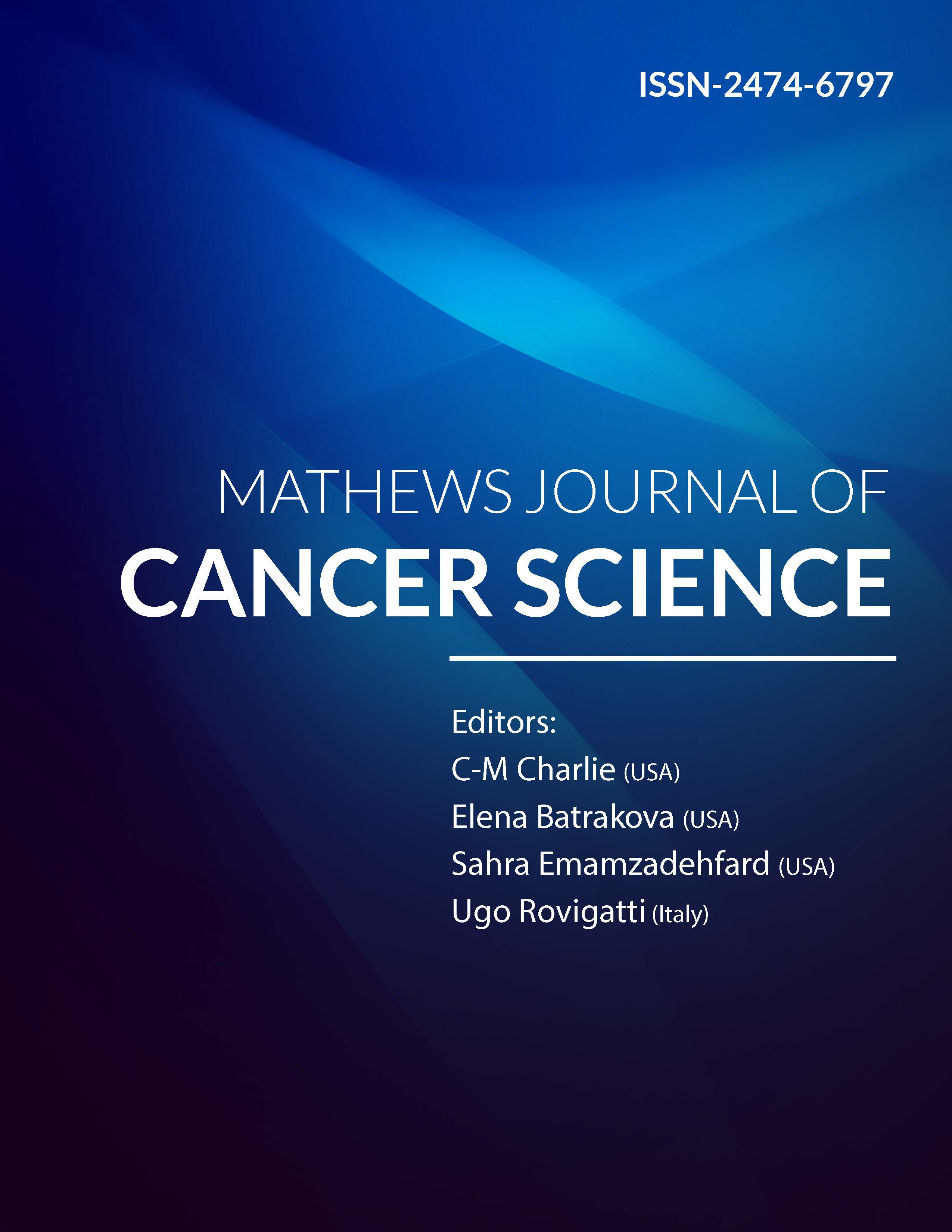
Information Links
Previous Issues Volume 7, Issue 2 - 2022
Interactive Treatment Planning in High Dose-Rate Brachytherapy for Gynecological Cancer
Huan Liu1, Chenyang Shen2, Peter Klages2, Kevin Albuquerque2, Chang M Ma1*, Xun Jia2*
1Department of Radiation Oncology, Fox Chase Cancer Center, USA
2Department of Radiation Oncology, University of Texas Southwestern Medical Center, USA
Received Date: April 12, 2022
Published Date: June 03, 2022
*Corresponding Author: Chang-Ming Ma, Radiation Oncology Department, Fox Chase Cancer Center, 333 Cottman Avenue, Philadelphia, PA19111, USA, Tel-15-728-2996; Fax: 215-728-4789; E-mail: [email protected]
*Co-Corresponding Author: Xun Jia, Department of Radiation Oncology, University of Texas Southwestern Medical Center, 2280 Inwood Road, Dallas, TX 75390, USA. Tel: 214-648-5032; Fax: 214-645-2885; E-mail: [email protected]
Citation: Chang-Ming Ma, Xun Jia, et al. (2022). Interactive Treatment Planning in High Dose-Rate Brachytherapy for Gynecological Cancer. Mathews J Cancer Sci. 7(2):31.
Copyright: Chang-Ming Ma, Xun Jia, et al. © (2022). This is an open-access article distributed under the terms of the Creative Commons Attribution License, which permits unrestricted use, distribution, and reproduction in any medium, provided the original author and source are credited.
ABSTRACT
Purpose: High dose-rate brachytherapy (HDRBT) is widely used for gynecological cancer treatment. Although commercial treatment planning systems (TPS) have inverse optimization modules, it takes several iterations to adjust planning objectives to achieve a satisfactory plan. Interactive plan-modification modules enable modifying the plan and visualizing results in real time, but they update plans based on simple geometrical or heuristic algorithms, which cannot ensure resulting plan optimality. This project develops an interactive plan optimization module for HDRBT of gynecological cancer. By efficiently solving an optimization problem in real time, it allows a user to visualize a plan and interactively modify it to improve quality. Methods: We formulated an optimization problem with an objective function containing a weighted sum of doses to normal organs subject to user-specified target coverage. A user interface was developed that allows a user to adjust organ weights using scroll bars. With a simple mouse click, the optimization problem is solved in seconds with a highly efficient alternating-direction method of multipliers and a warm start optimization strategy. Resulting clinically relevant doses to critical structures (e.g., the minimum doses to the highest irradiated 2cc tissue volume, D2cc) are displayed immediately. This allows a user to intuitively adjust plans with satisfactory quality. We tested the effectiveness of our development in cervix cancer cases treated with a tandem-and-ovoid applicator. Results: It took a maximum of 3 seconds to solve the optimization problem in each instance. With interactive optimization capability, a satisfactory plan can be obtained in <1 min. In our clinic, although the time for plan adjustment was typically <10min with simple interactive plan modification tools in TPS, the resulting plans do not ensure optimality. Our plans achieved on average 5% lower D2cc than clinical plans, while maintaining target coverage. Conclusion: The interactive optimization tool is effective in terms of helping a treatment planner to generate a plan with improved efficiency and plan quality.